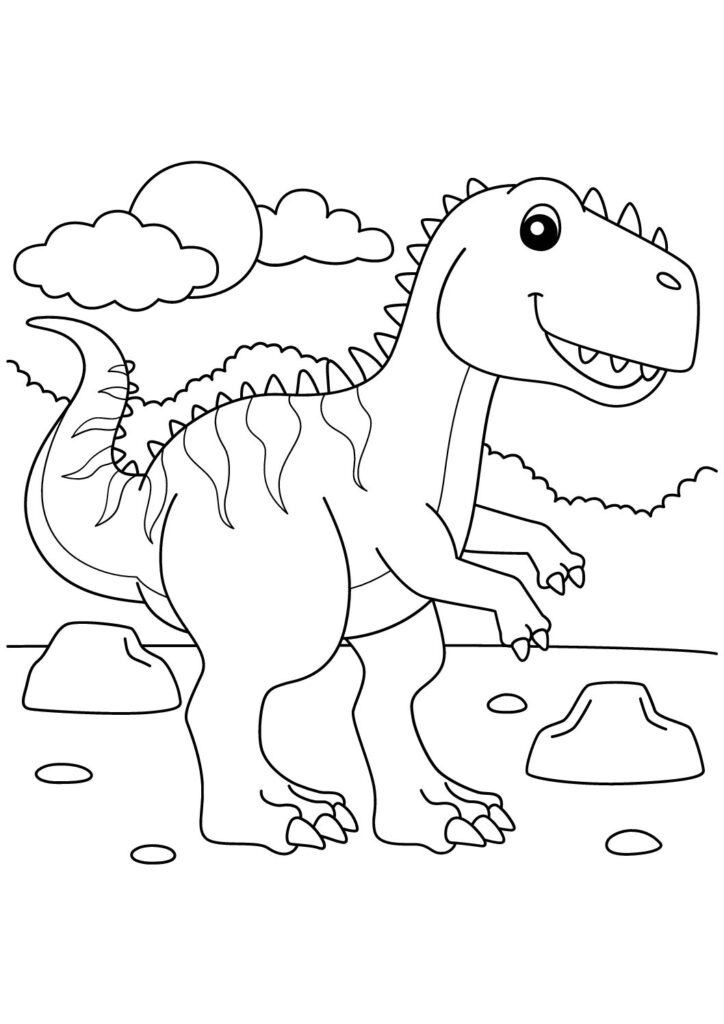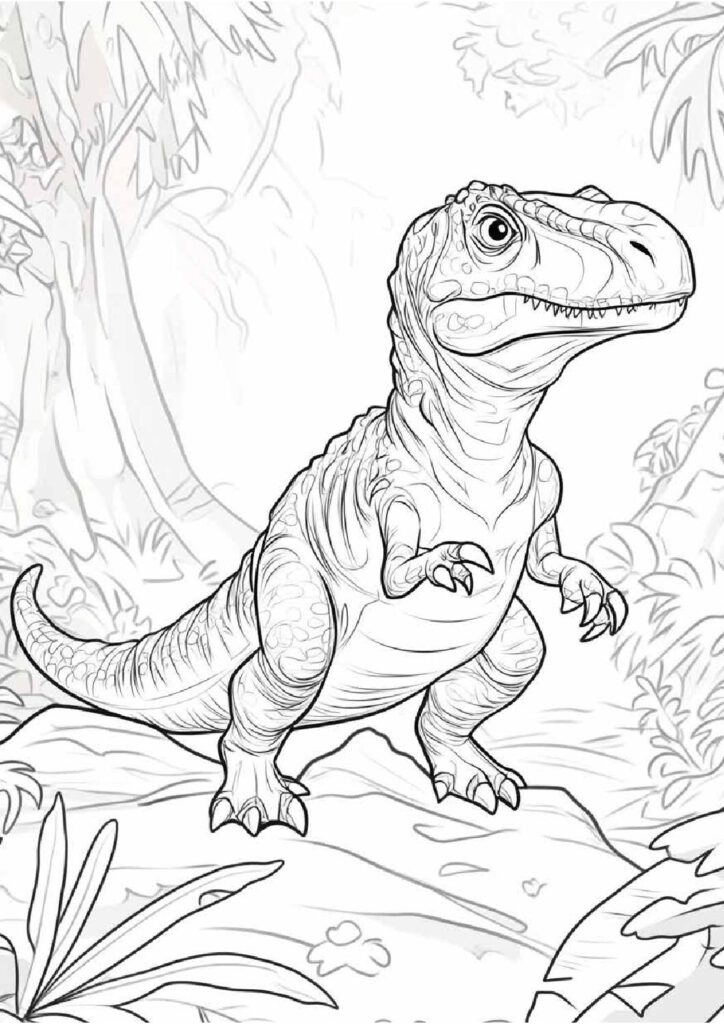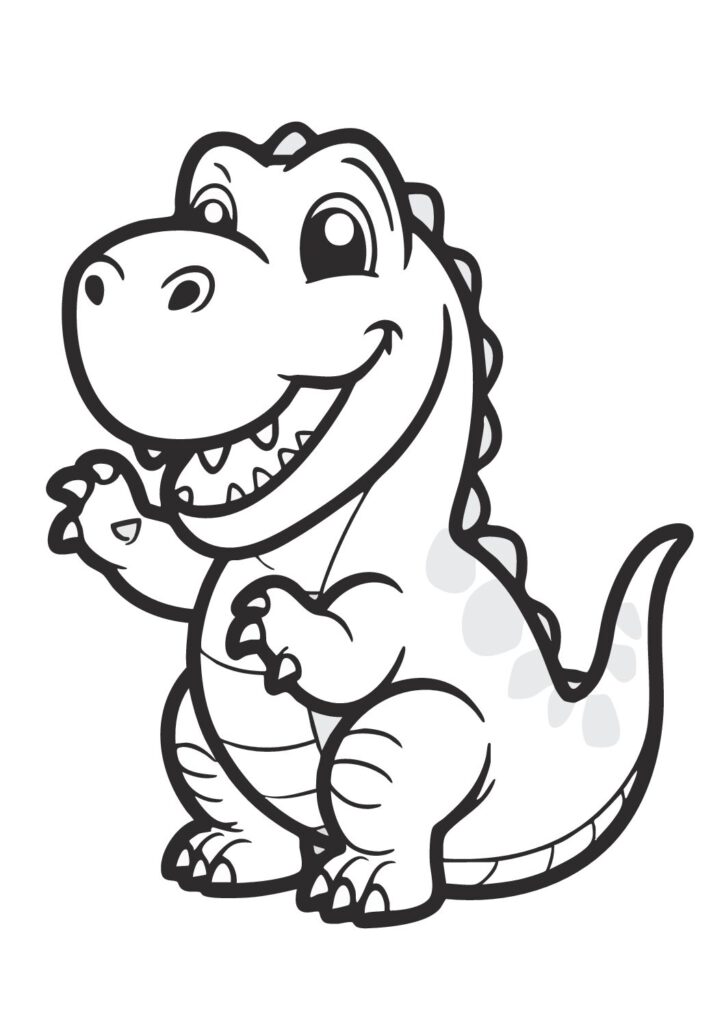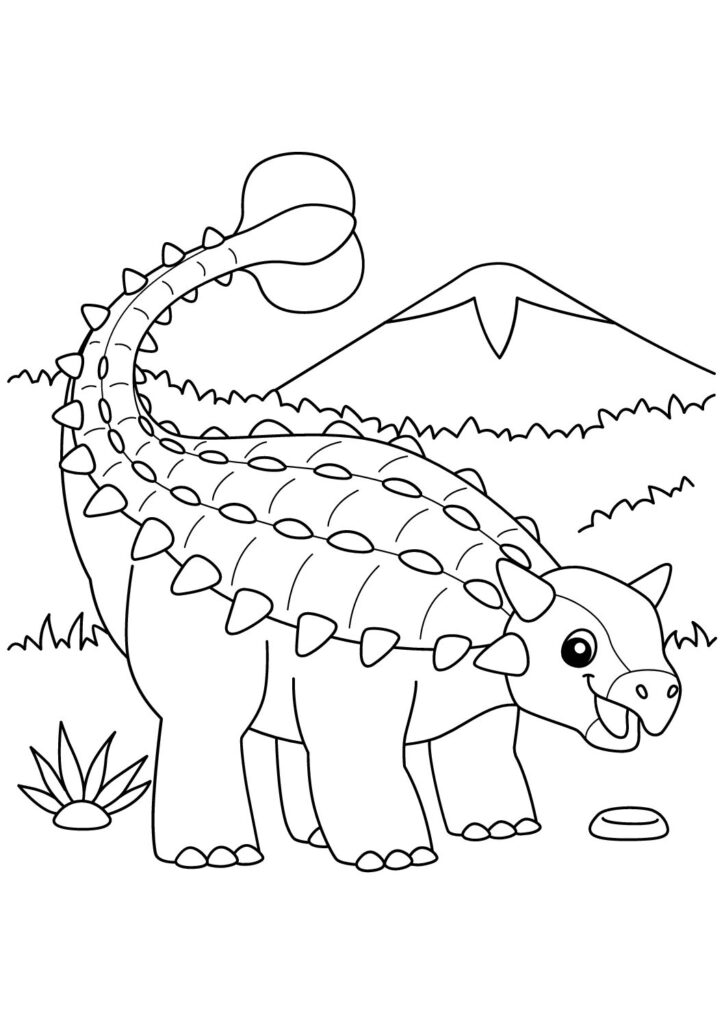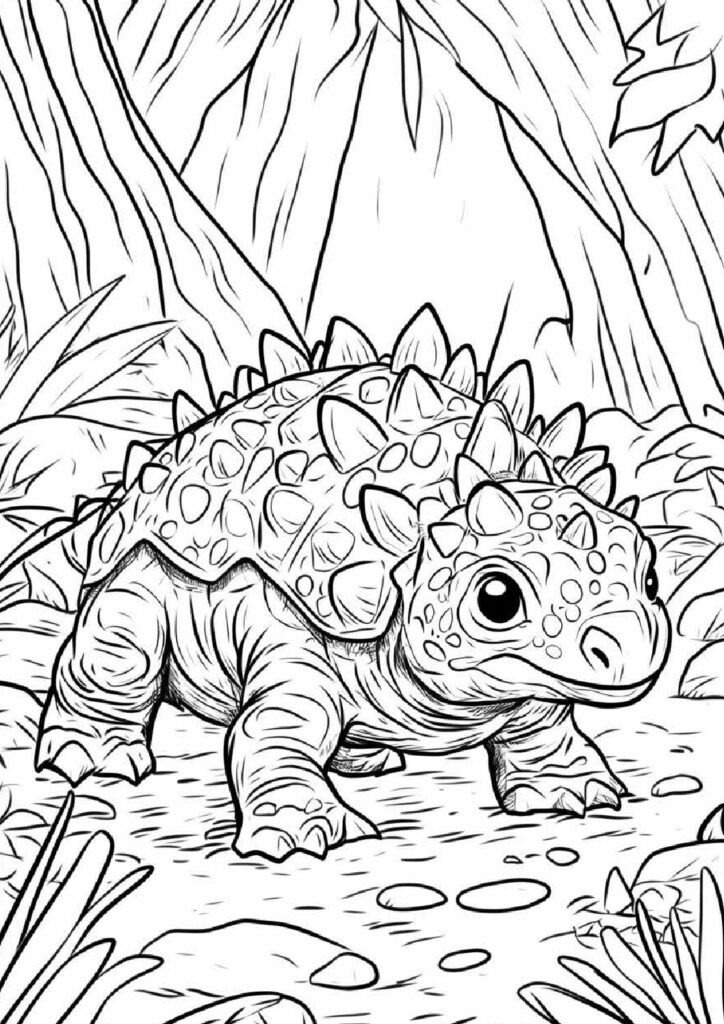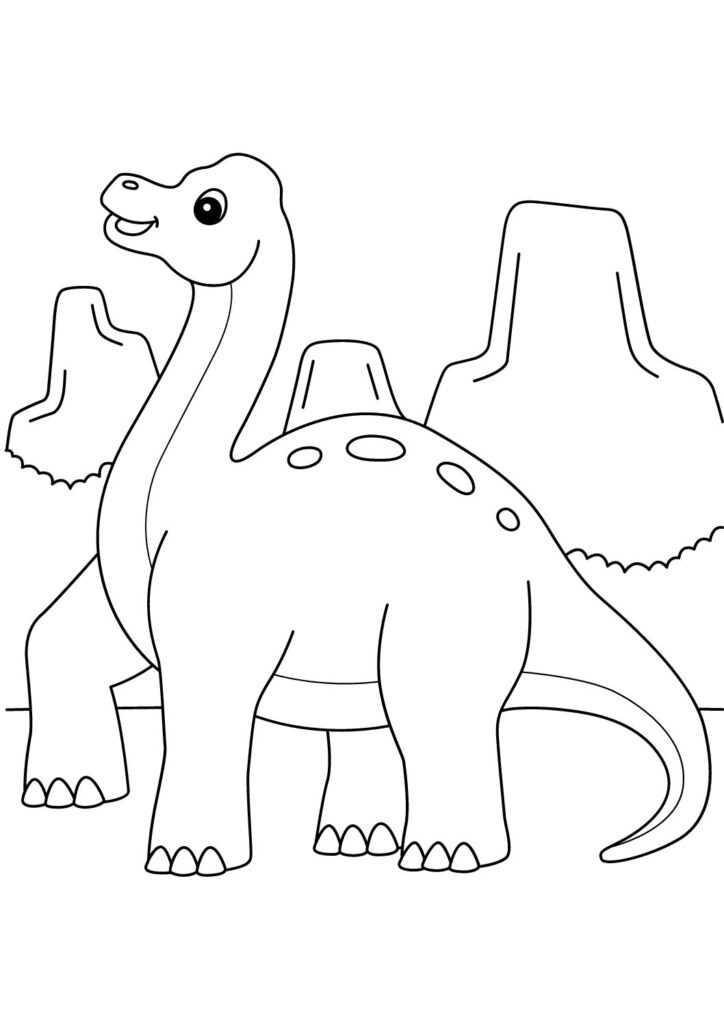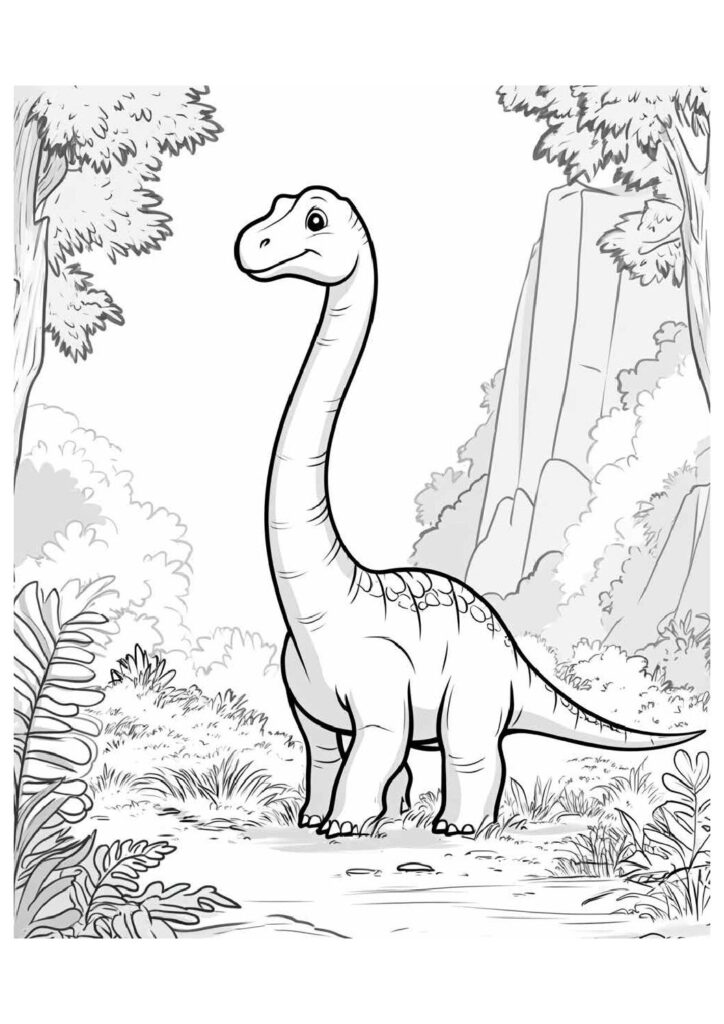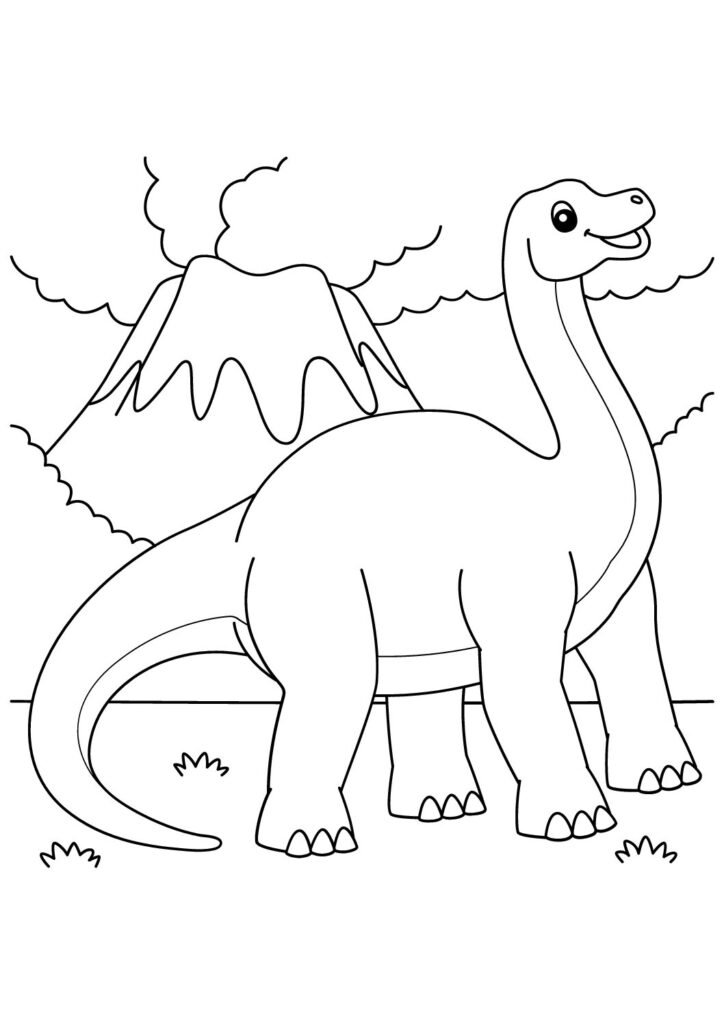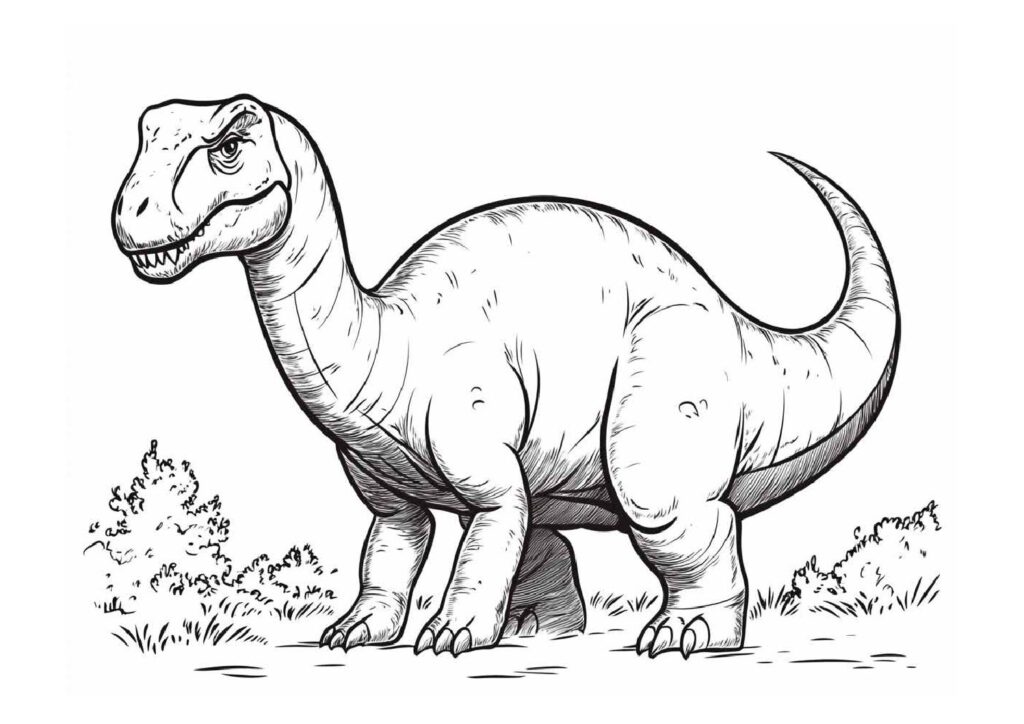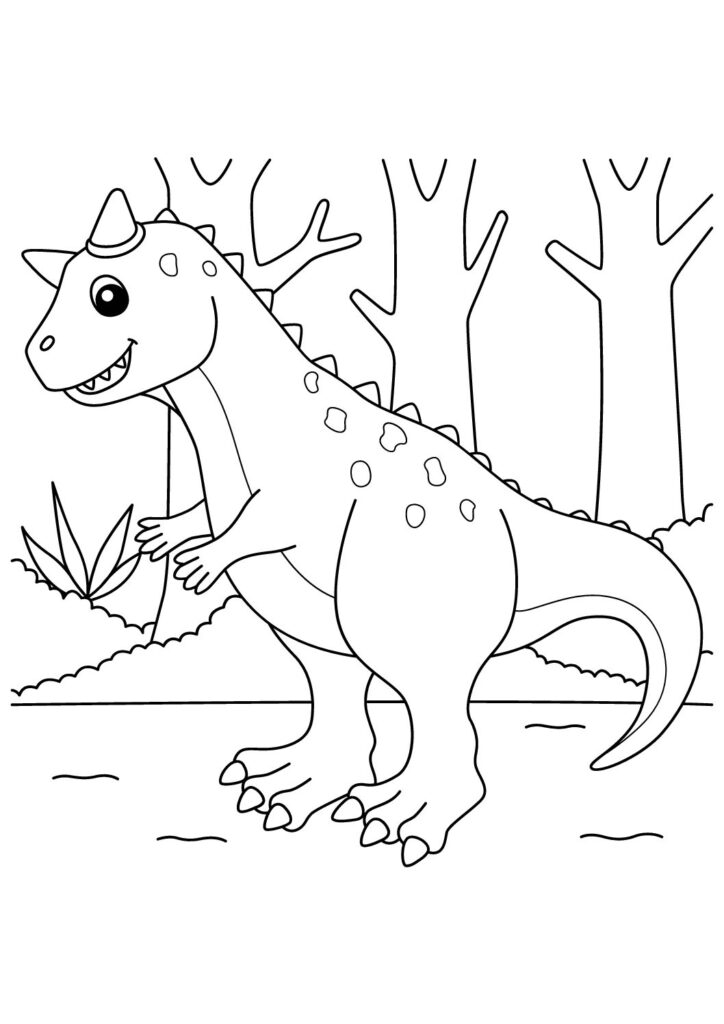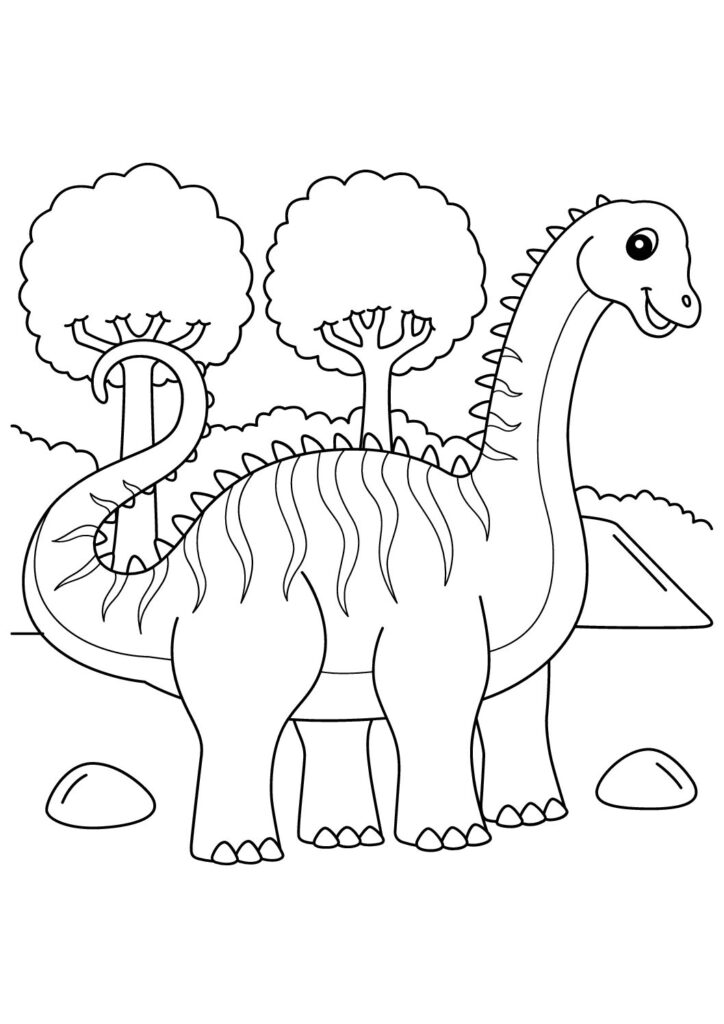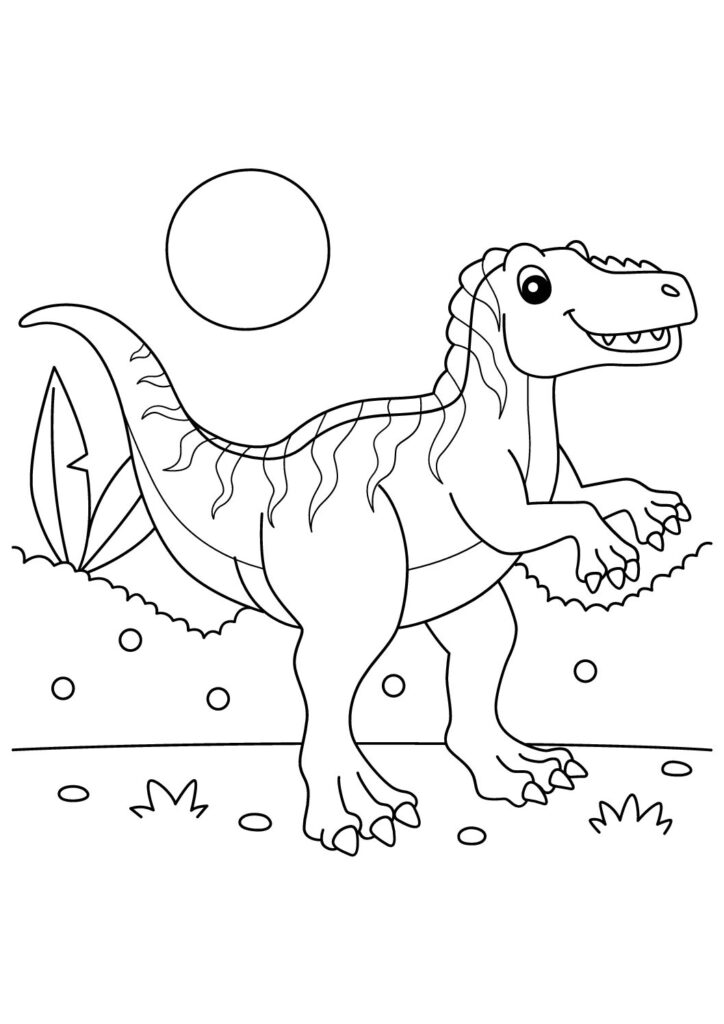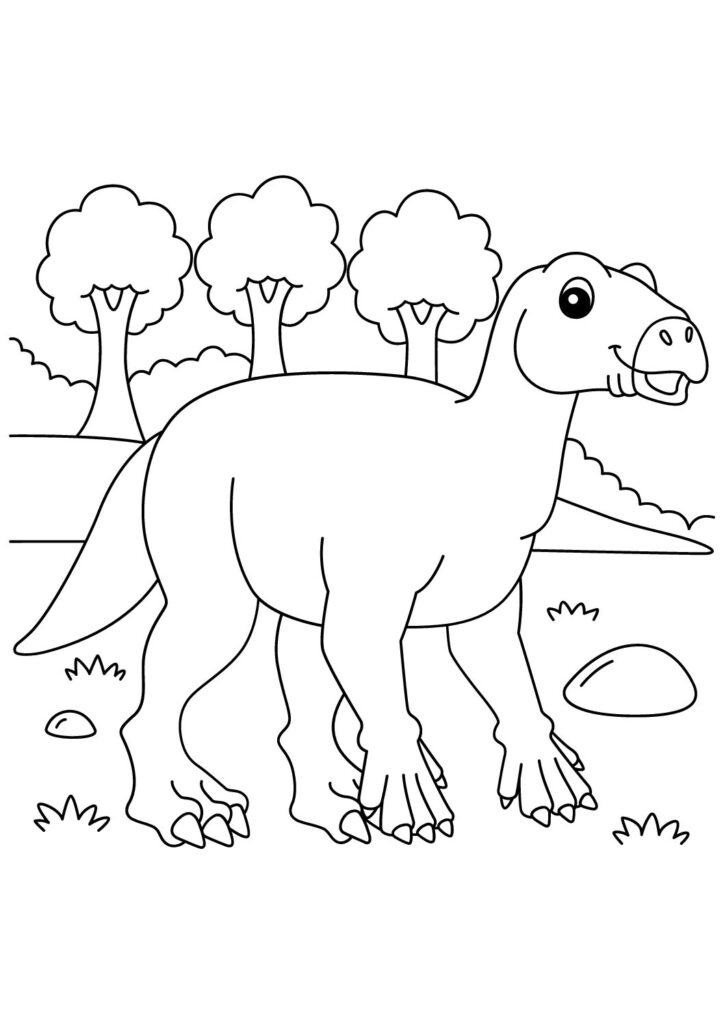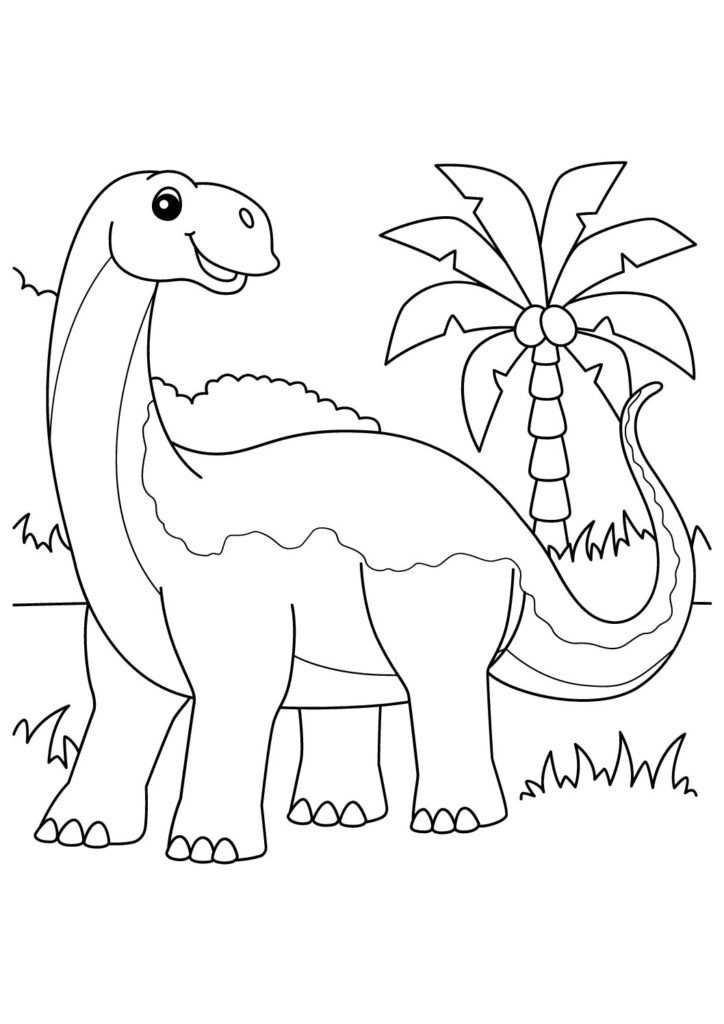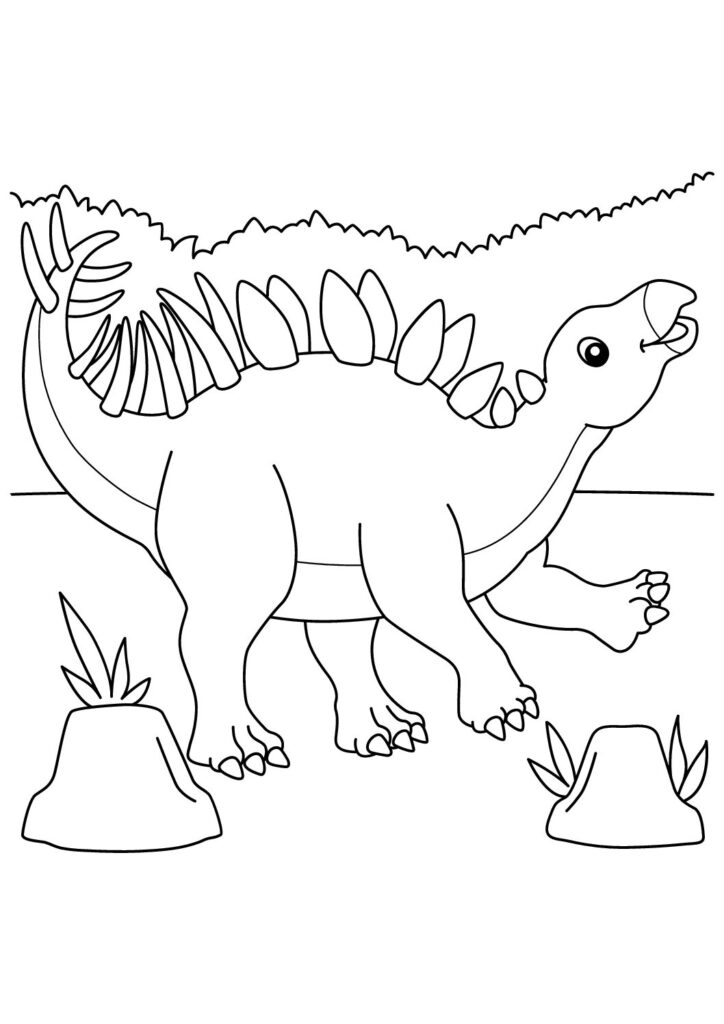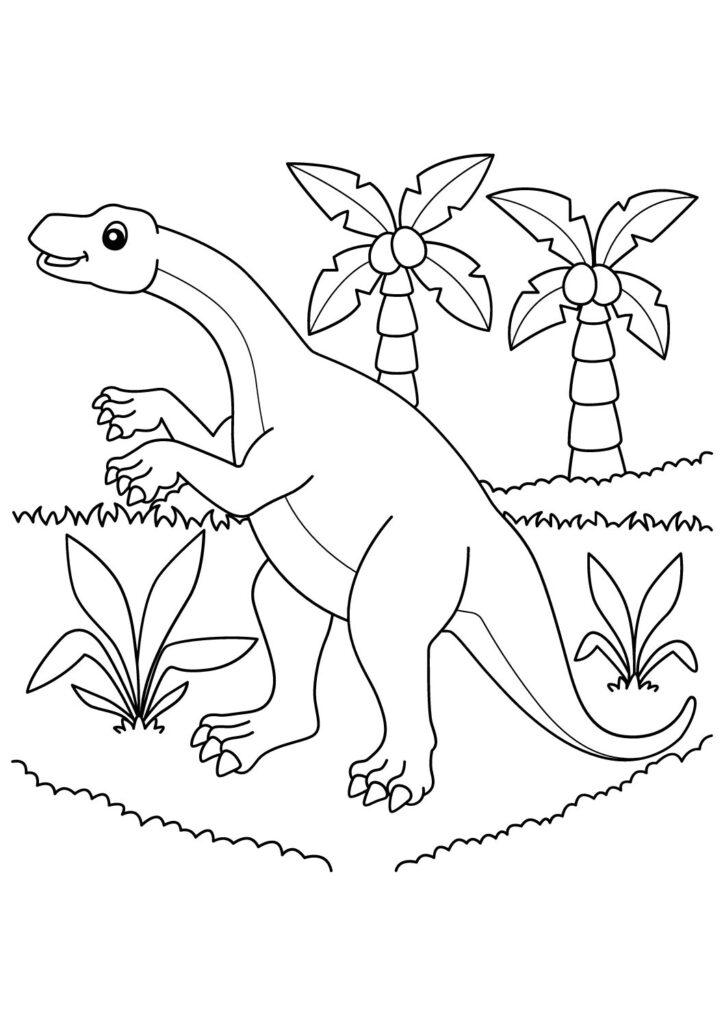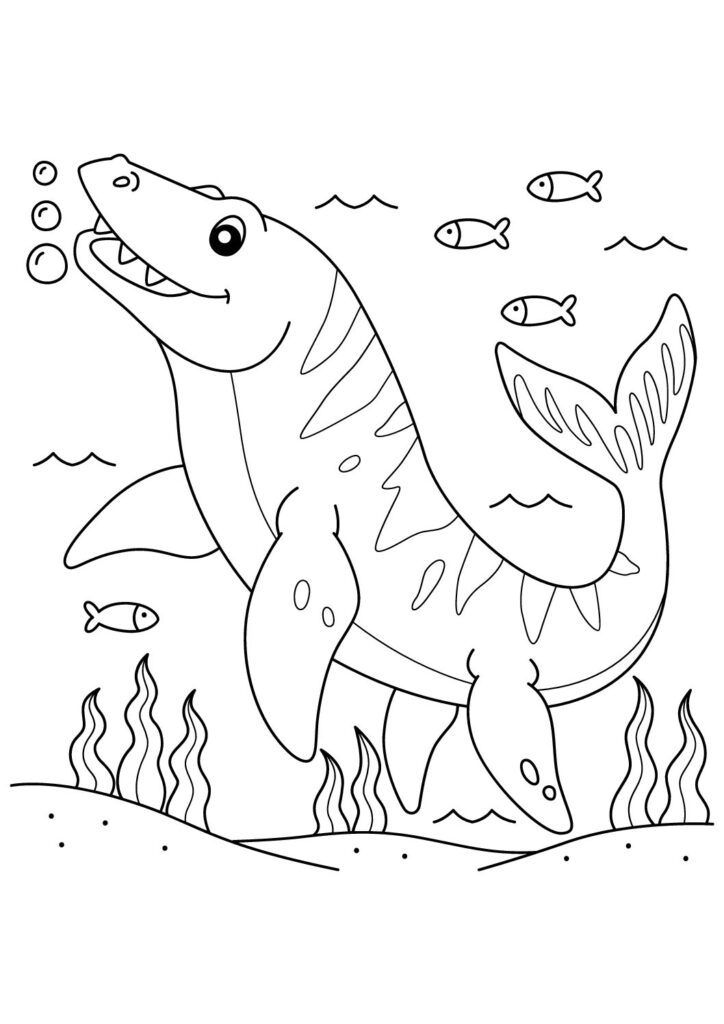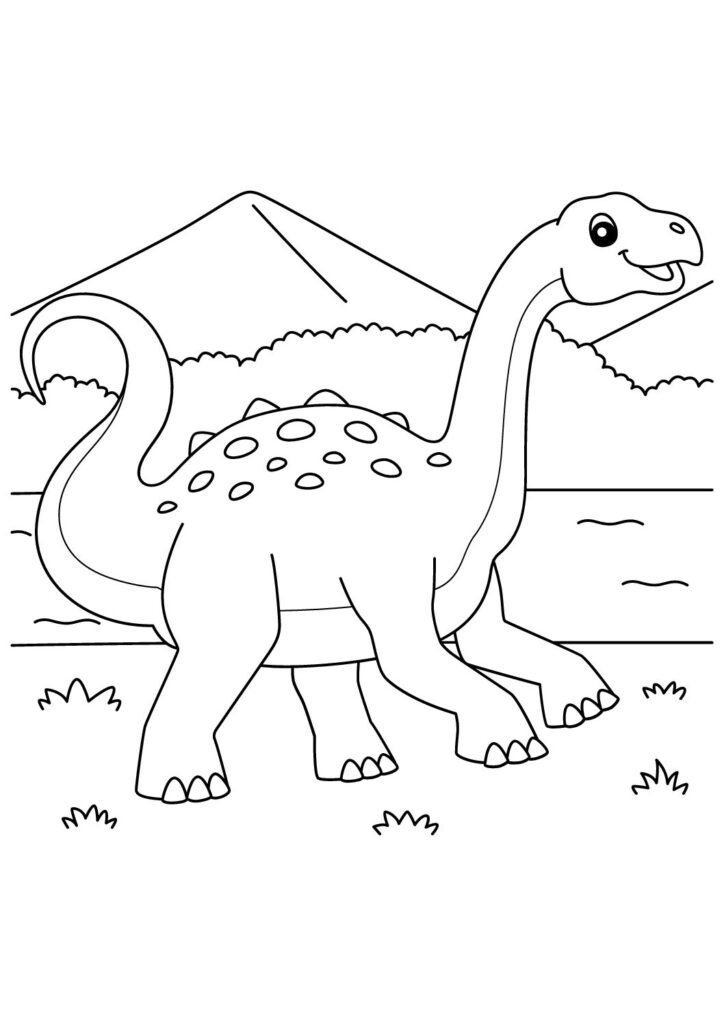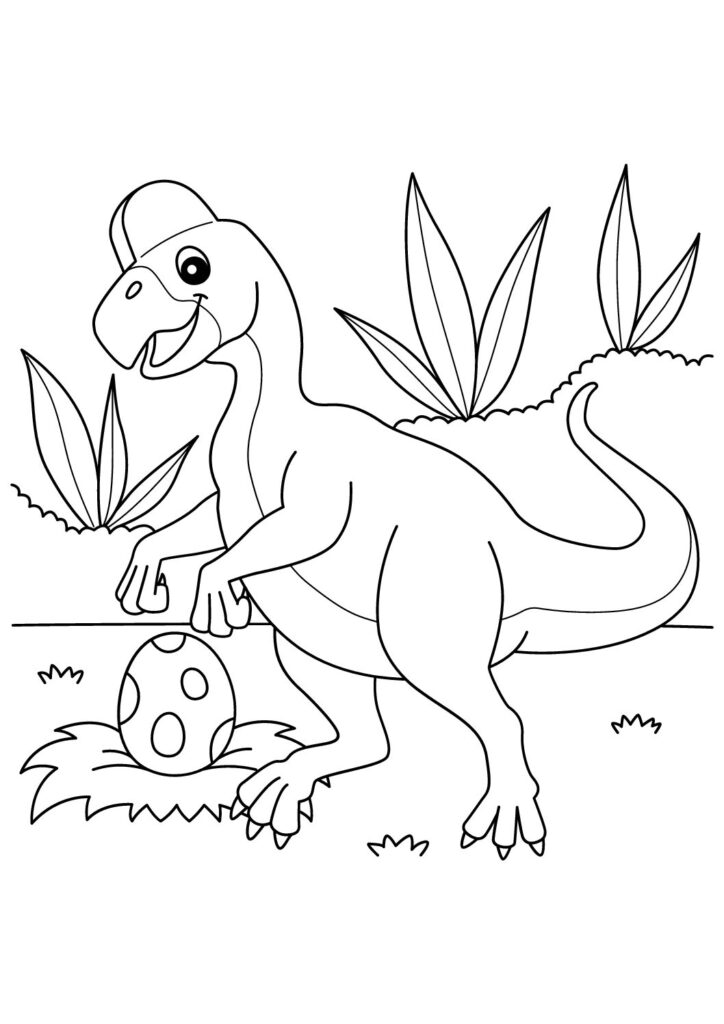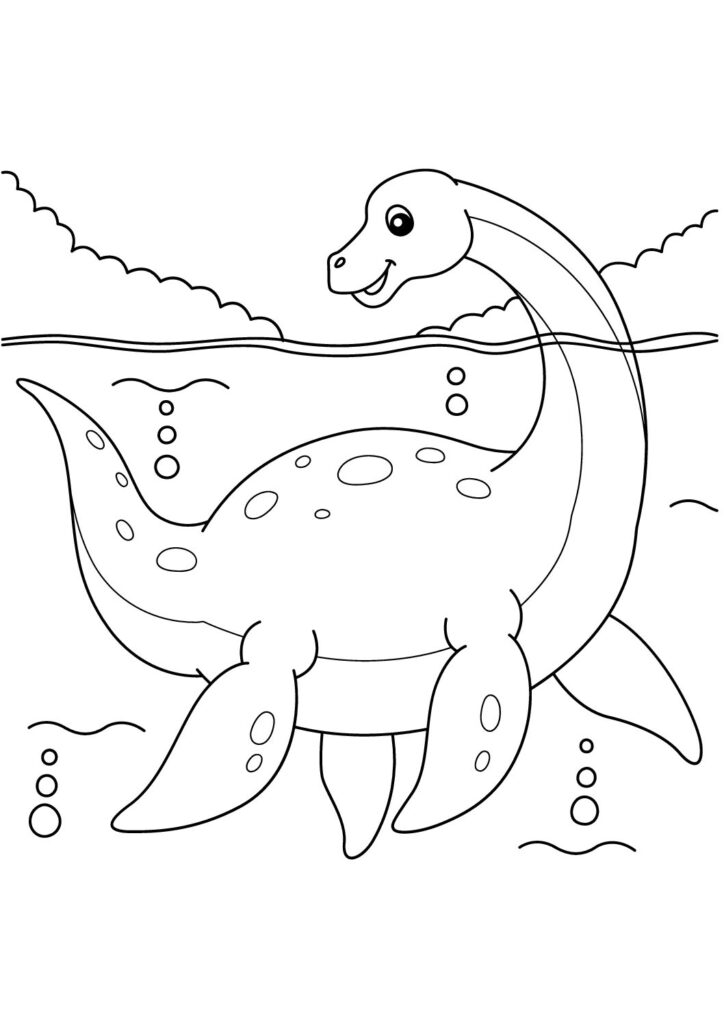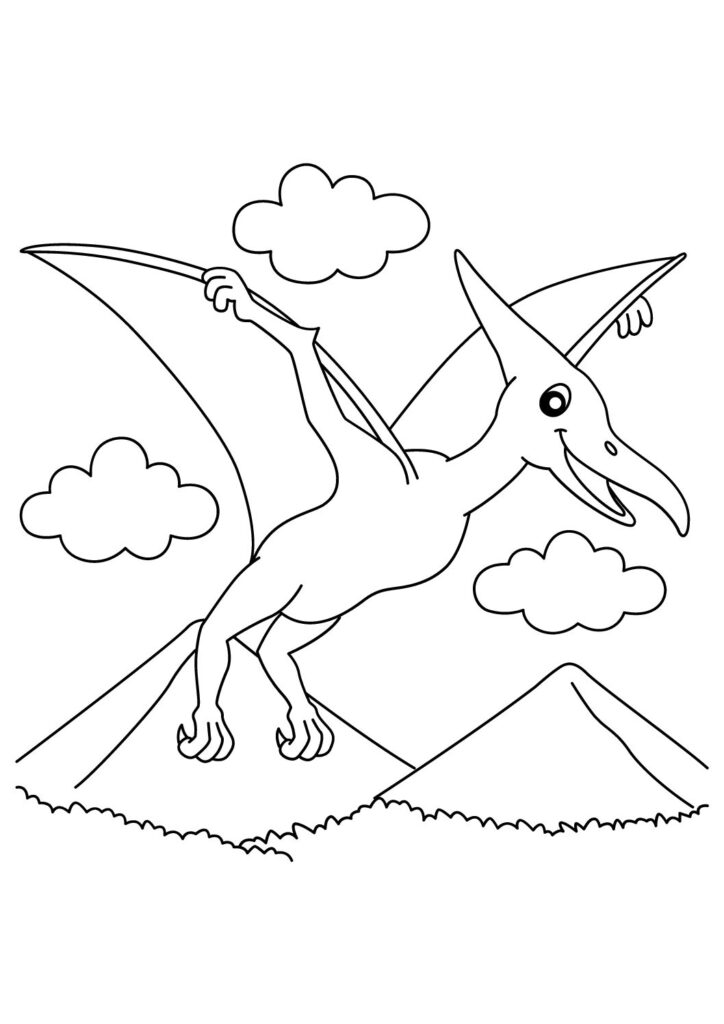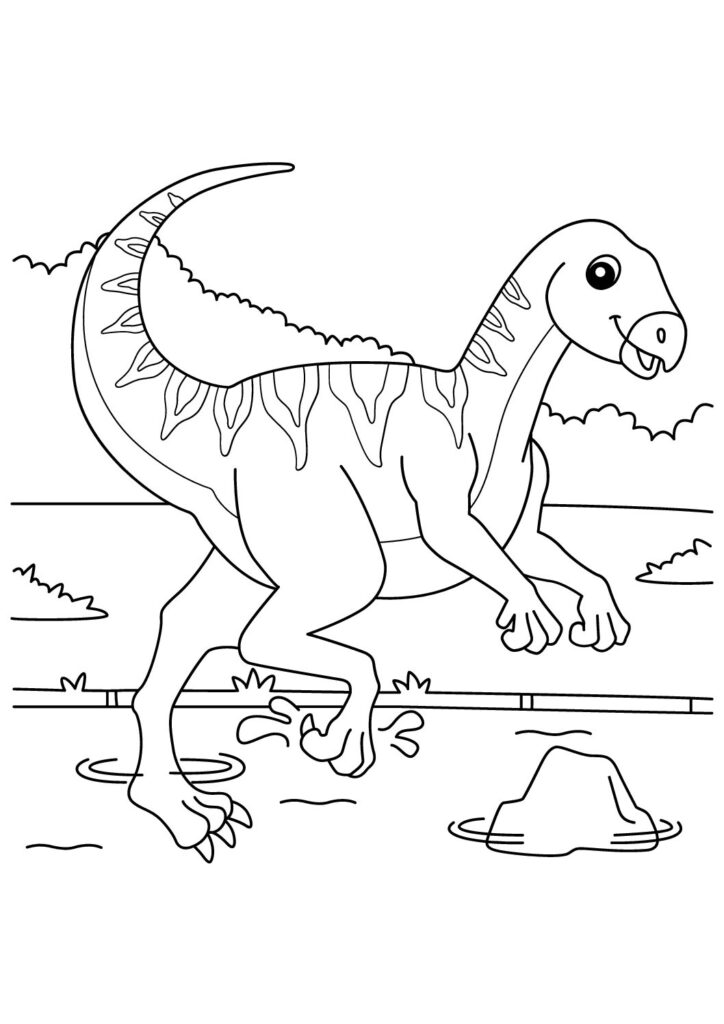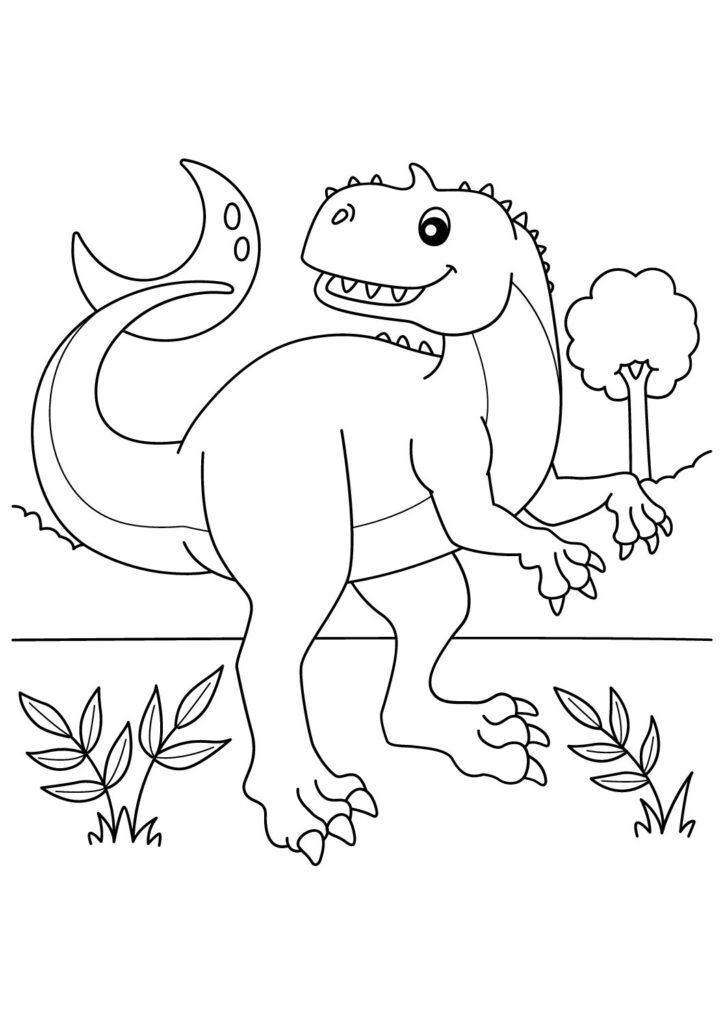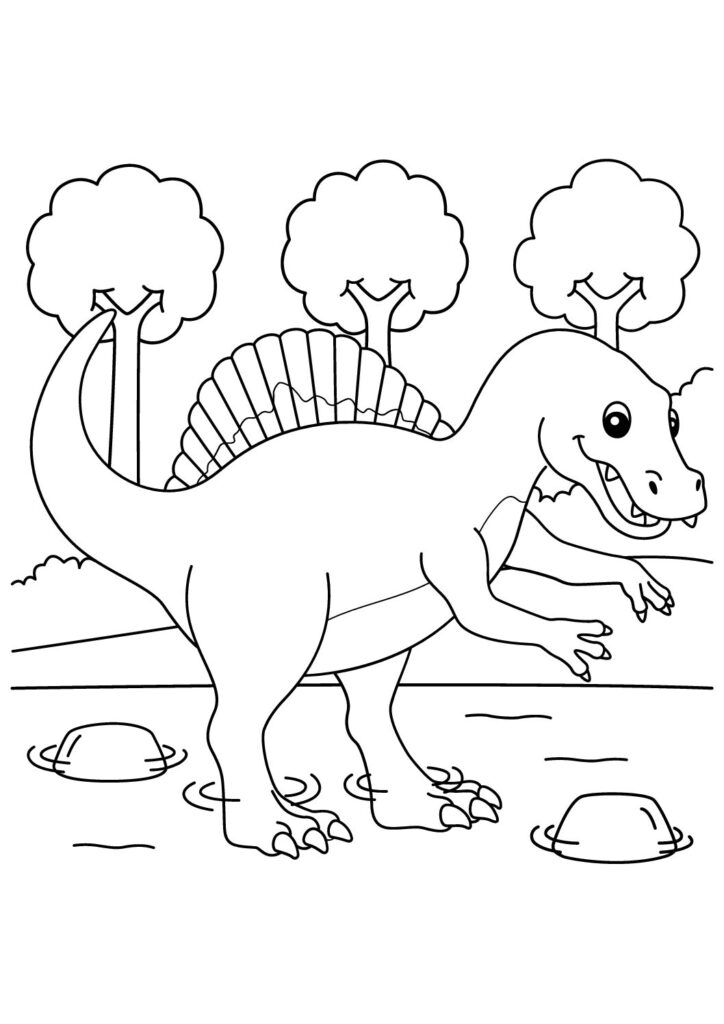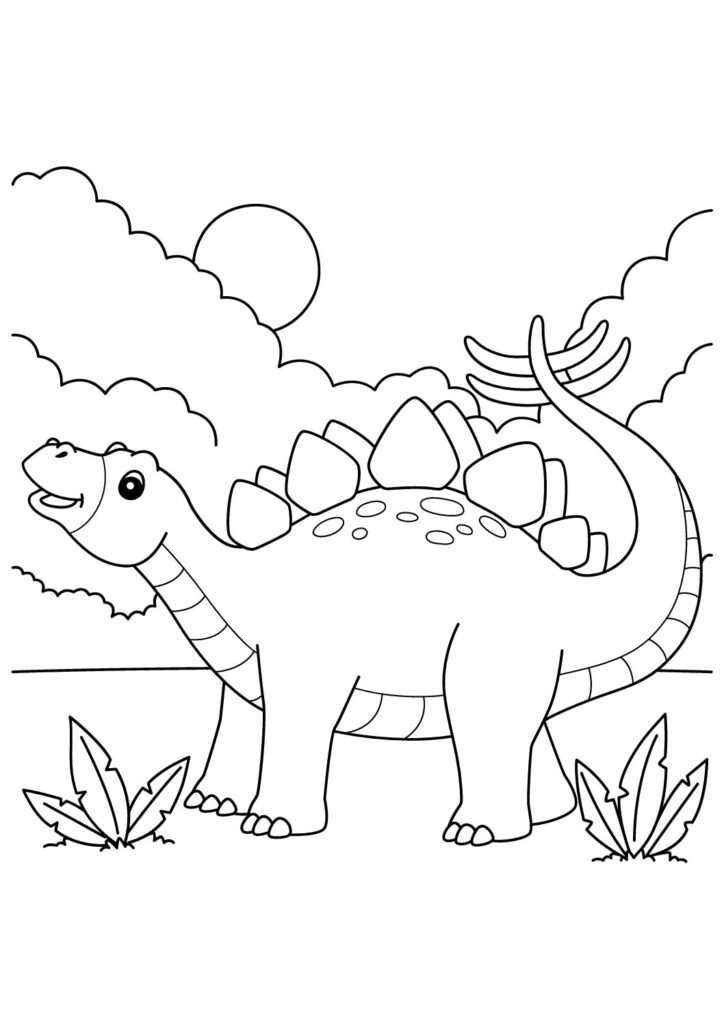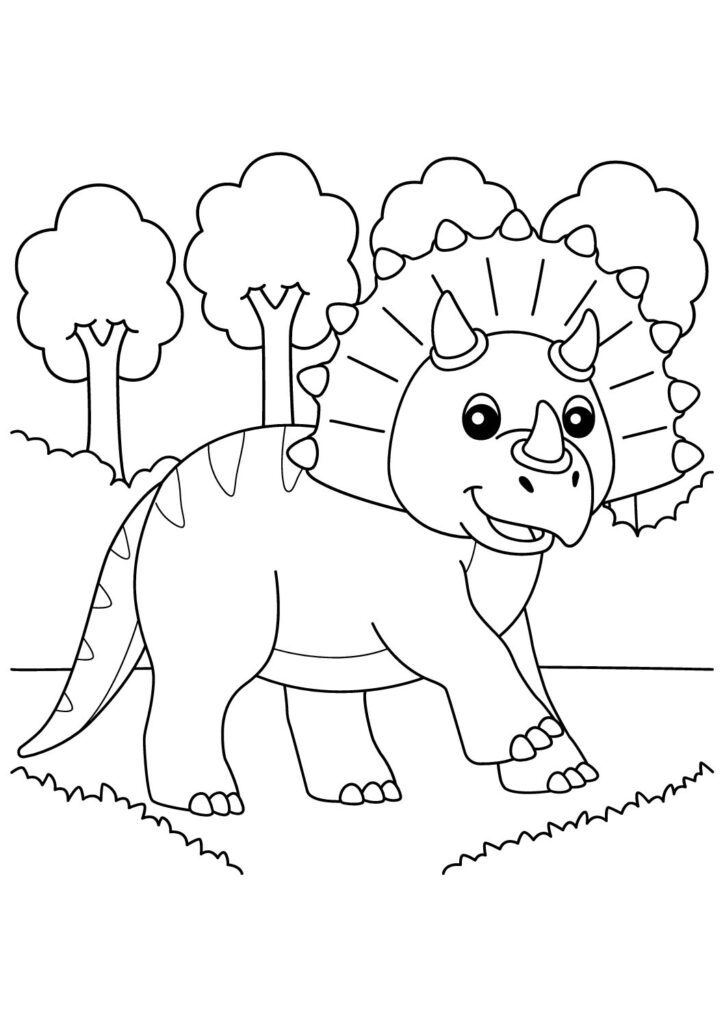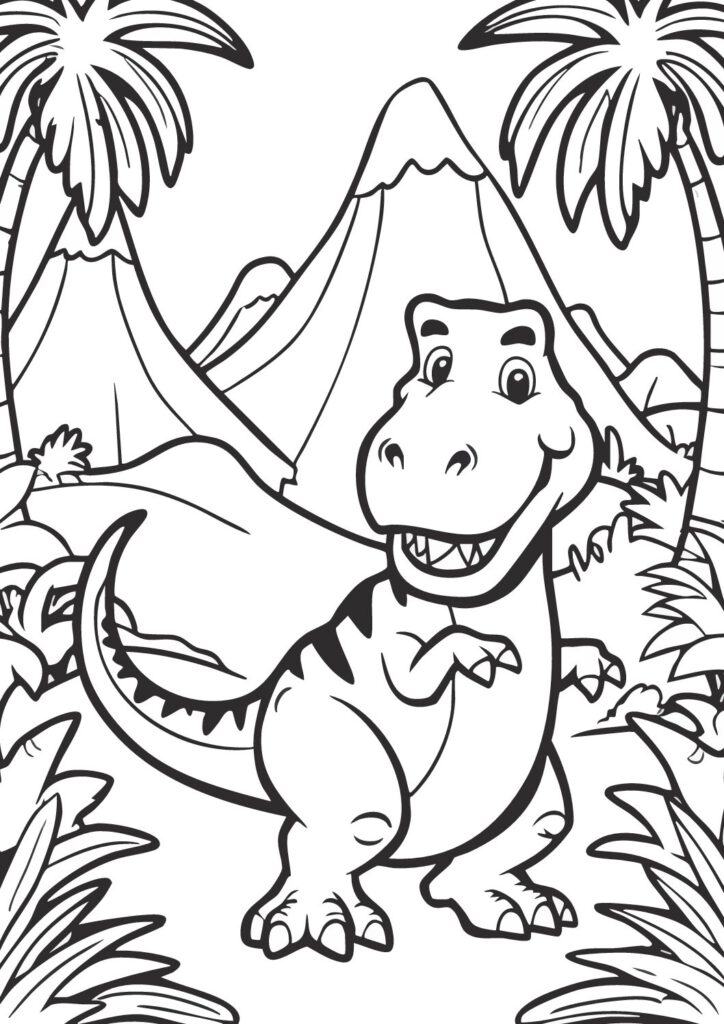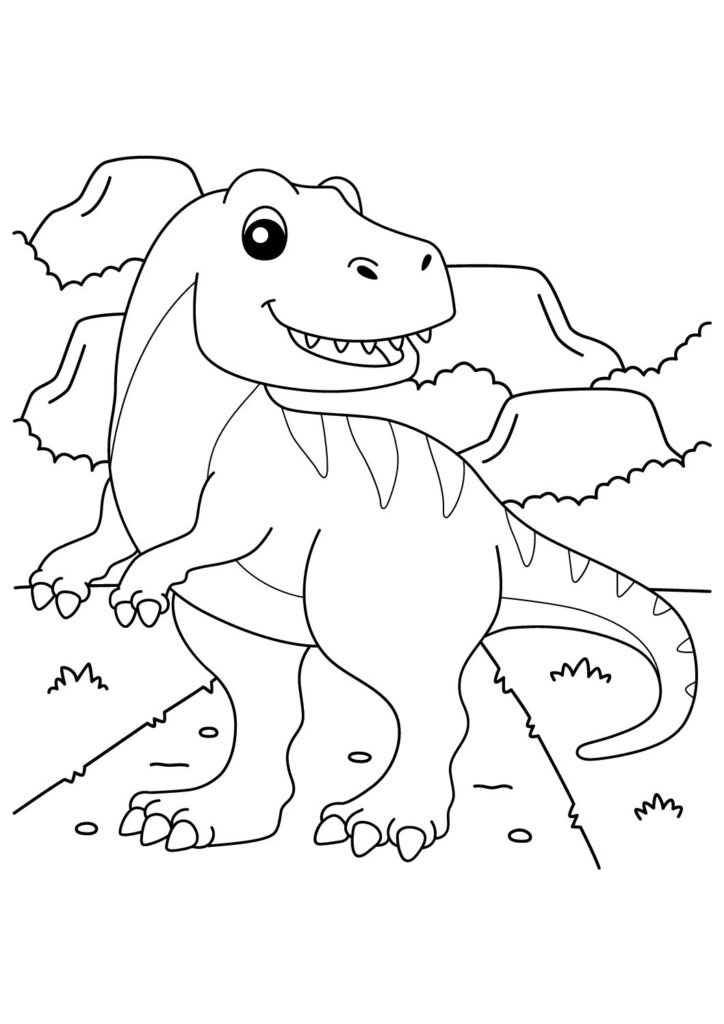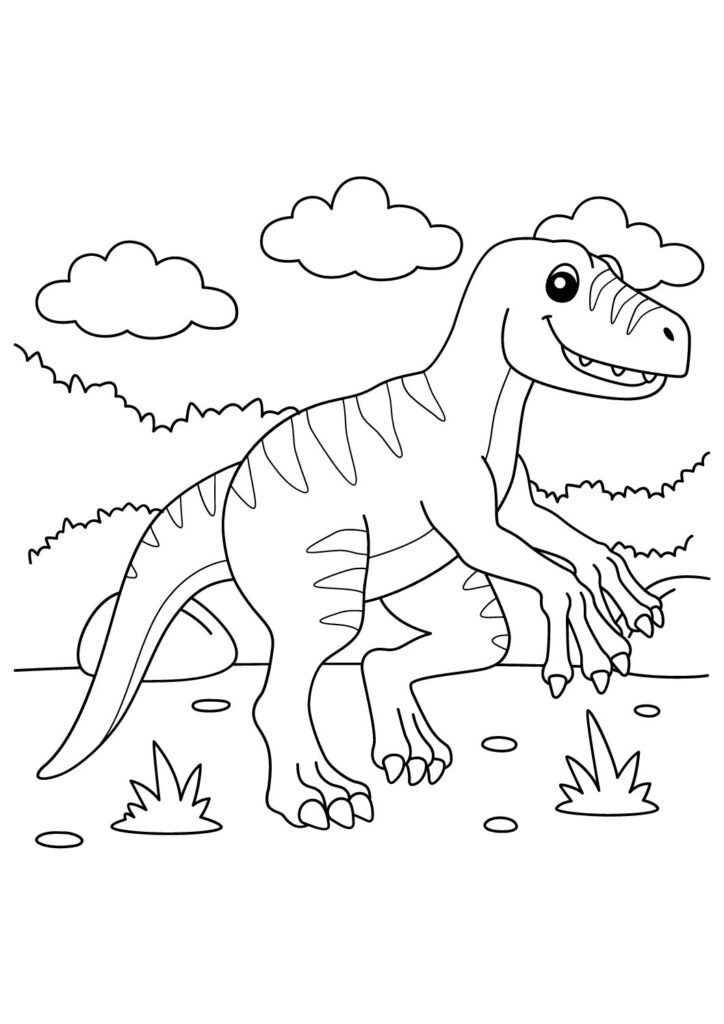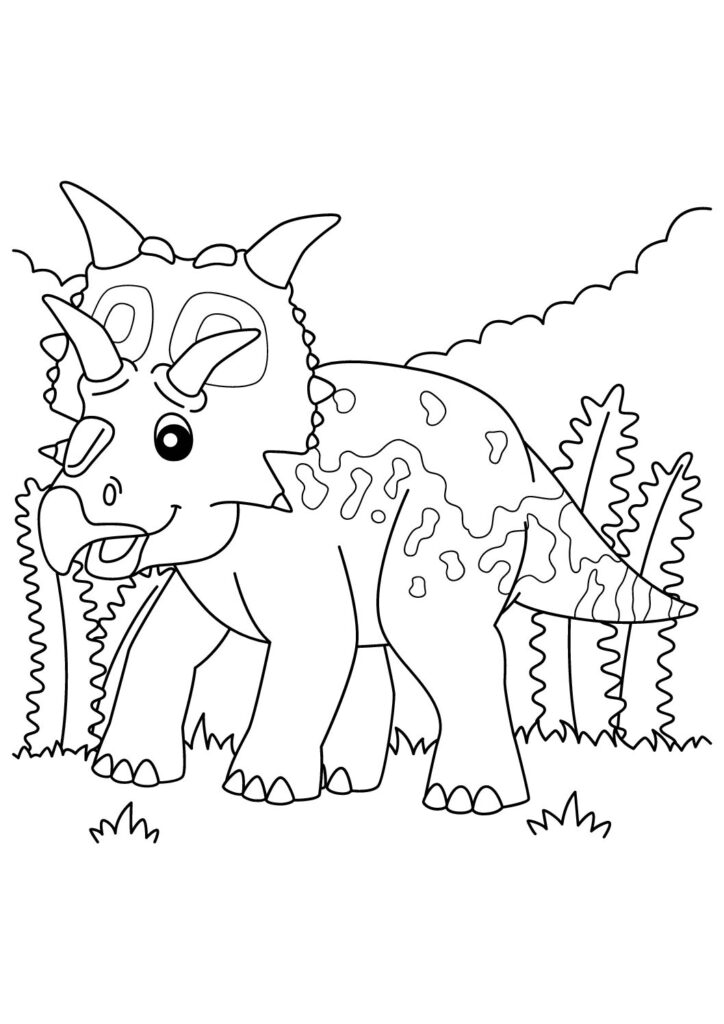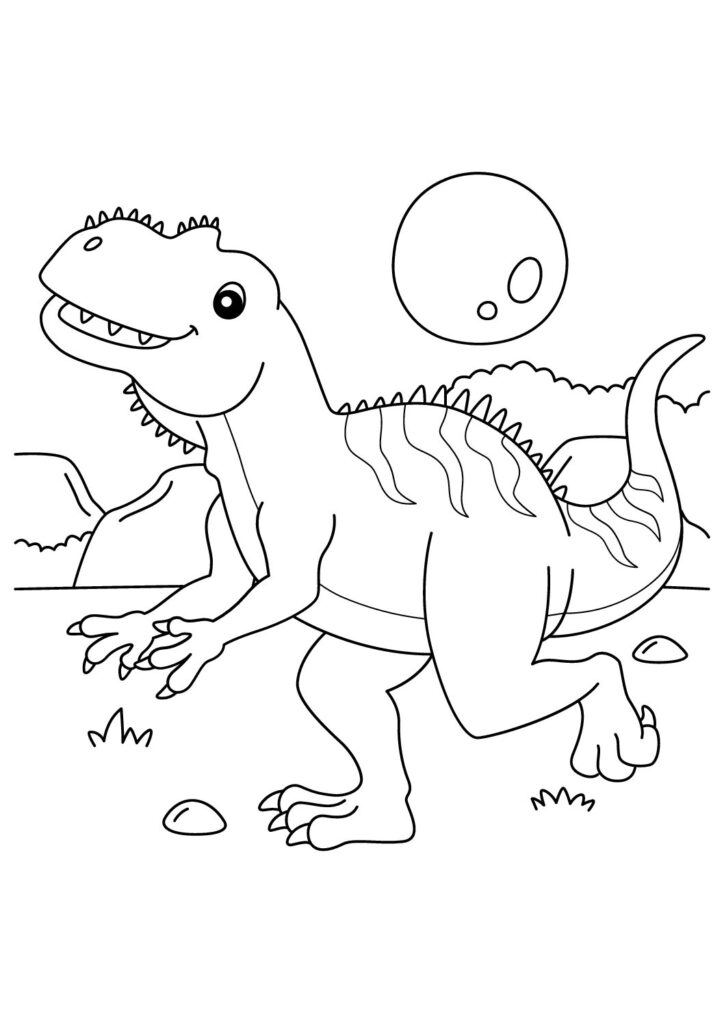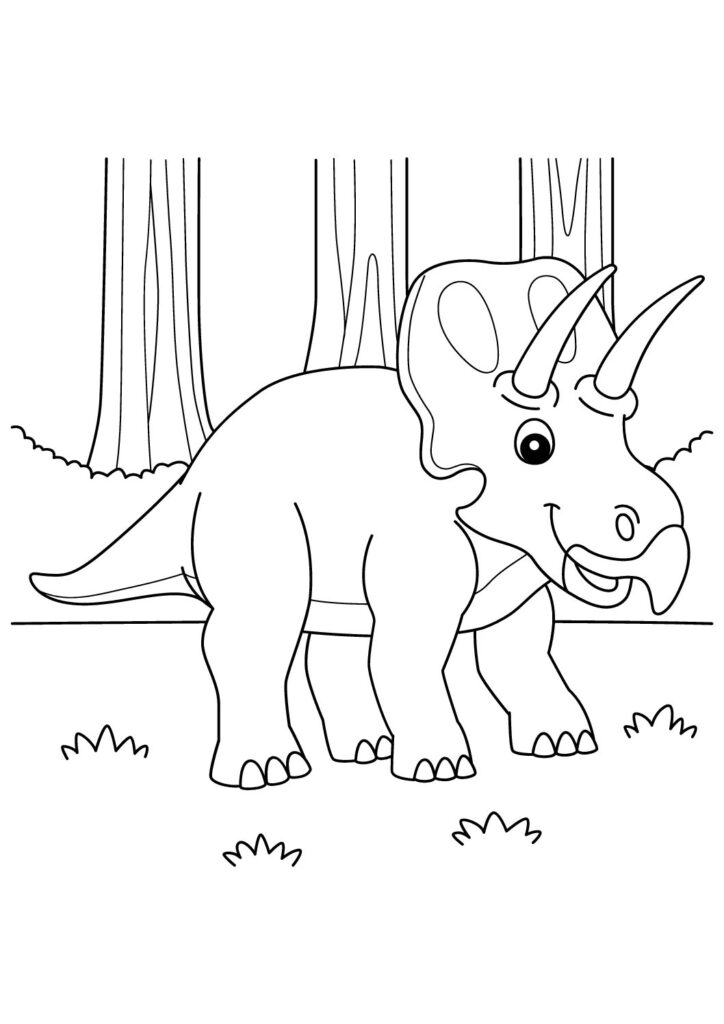1 Free Giganotosaurus Coloring Pages for Download (Printable PDF)

Thunder into our free printable collection of Giganotosaurus coloring pages featuring these massive predators in their powerful hunting poses! Download these high-quality sheets showcasing these enormous theropods with their huge jaws, serrated teeth, and muscular bodies displaying their incredible size and strength. Perfect for kids and dinosaur enthusiasts, these detailed prehistoric coloring pages capture the fierce nature of these meat-eating creatures known for being one of the largest land predators ever. Each printable sheet brings these amazing Cretaceous giants to life, highlighting their massive heads, powerful legs, and intimidating presence against prehistoric landscapes!
Terrifying Giganotosaurus Facts: The Ultimate Guide to South America's Apex Predator
Introduction
Giganotosaurus carolinii ranks among the most formidable predators ever to walk Earth, stalking the plains of present-day Argentina during the Late Cretaceous period approximately 99-97 million years ago. This colossal theropod earns its name from Greek words meaning “giant southern lizard,” reflecting both its enormous dimensions and its discovery location in Patagonia, where it reigned as the undisputed apex predator of its ecosystem.
Extraordinary Size
Giganotosaurus reached lengths of 39-43 feet and weights estimated between 8-14 tons, making it potentially larger than Tyrannosaurus rex and one of the largest known carnivorous dinosaurs. Its massive skull stretched over 6 feet long, housing serrated teeth up to 8 inches in length that could slice through flesh and sinew with devastating efficiency, enabling it to inflict catastrophic wounds on even the largest prey animals.
Hunting Capabilities
Despite its enormous size, skeletal adaptations suggest Giganotosaurus could reach speeds of approximately 20 mph, making it surprisingly agile for such a massive predator. Paleontologists believe it likely hunted in coordinated packs based on multiple specimens found in proximity and the presence of massive sauropod prey requiring group efforts to bring down, potentially making it even more dangerous than solitary predators like Tyrannosaurus.
Preferred Prey
Fossil evidence suggests Giganotosaurus specialized in hunting massive titanosaur sauropods like Andesaurus that could reach lengths over 100 feet. Its teeth and jaw structure evolved specifically for slashing attacks rather than crushing bites, allowing it to inflict deep wounds on larger prey that would eventually succumb to blood loss and shock, employing a hunting strategy similar to modern Komodo dragons but on a vastly larger scale.
Scientific Discovery
Paleontologist Rubén Carolini discovered the first Giganotosaurus remains in 1993 in Argentina’s Neuquén Province, with the nearly 70% complete skeleton revolutionizing our understanding of South American theropods. This landmark discovery demonstrated that the largest predatory dinosaurs weren’t limited to North America and Africa, revealing unique evolutionary paths that produced convergently similar giant predators across different continents during the Cretaceous period.
Comparison to Tyrannosaurus
While often compared to Tyrannosaurus rex, Giganotosaurus represents a completely different theropod lineage (Carcharodontosauridae vs. Tyrannosauridae) separated by both geography and millions of years of evolution. Giganotosaurus featured a longer, narrower skull, less powerful but faster bite, proportionally longer arms, and likely greater running speed, highlighting how different evolutionary pressures produced distinctive apex predator adaptations on separate continents.
Paleoenvironment
Giganotosaurus inhabited a warm, semi-arid environment with seasonal rainfall supporting vast plains of vegetation that sustained the enormous sauropods constituting its primary prey base. This ecosystem, preserved in Argentina’s Candeleros Formation, featured a diverse community including the unusual crocodilian Notosuchus, various pterosaurs, and multiple dinosaur species comprising a complex food web with Giganotosaurus positioned firmly at its apex.
